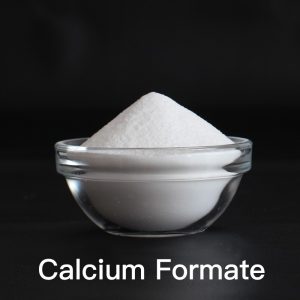Description
Liquid caustic soda lye, often referred to as sodium hydroxide solution, is a versatile and powerful chemical used extensively across a wide range of industries. One of the most common and readily available concentrations is the 50% solution, a potent mixture that demands respectful handling and understanding. This article explores the properties, applications, and safety considerations associated with this essential industrial chemical.
What is Liquid Caustic Soda Lye 50%?
At its core, liquid caustic soda lye 50% is a solution of sodium hydroxide (NaOH) in water, with the sodium hydroxide making up approximately half of the solution by weight. Sodium hydroxide, in its pure form, is a highly corrosive, white, crystalline solid. When dissolved in water, it forms a strong alkaline solution, commonly known as caustic soda or lye. The 50% concentration represents a balance between manageability and reactivity, making it a popular choice for many applications.
Properties that Define its Power:
Several key properties contribute to the usefulness and potency of liquid caustic soda lye 50%:
High Alkalinity (pH): Caustic soda is a strong base, with a very high pH. This alkalinity is essential to its function in various chemical reactions and cleaning processes. In contact with acids, it neutralizes them readily.
Corrosive Nature: The most significant property to be aware of is its highly corrosive nature. It can cause severe chemical burns upon contact with skin, eyes, and mucous membranes. It can also corrode various materials, including many metals.
Hygroscopic: Caustic soda readily absorbs moisture from the air, which is a detail to factor in for storage and stability.
Colorless and Odorless: In solution, it’s generally colorless and odorless, making it difficult to detect without proper safety precautions.
Exothermic: When caustic soda is dissolved in water, it releases a considerable amount of heat (exothermic reaction). This is particularly important when diluting a concentrated solution, as excessive heat can potentially cause boiling or splashing.
A Wide Spectrum of Applications:
The versatility of liquid caustic soda lye 50% is evident in its numerous applications across various industries:
Pulp and Paper Production: Used extensively in the pulping process to separate lignin from cellulose, creating the raw material for paper production.
Chemical Manufacturing: A vital component in producing various chemicals, including soaps, detergents, pharmaceuticals, and synthetic fibers.
Petroleum Refining: Utilized in the removal of sulfur compounds from crude oil, ensuring cleaner fuel production.
Textile Industry: Employed in scouring, bleaching, and mercerizing fabrics.
Water Treatment: Used to adjust pH levels in wastewater treatment facilities and neutralize acidic water.
Food Processing: Employed in cleaning and peeling certain fruits and vegetables, refining vegetable oils, and regulating acidity in some food products (though its use in this area is highly regulated and controlled).
Drain Cleaning: The corrosive nature of lye makes it an effective ingredient in many drain cleaning formulations.
Safety First: Handling Caustic Soda Lye 50% with Respect
Due to its highly corrosive nature, handling liquid caustic soda lye 50% requires strict safety protocols. Here are crucial considerations:
Personal Protective Equipment (PPE): Always wear appropriate PPE, including chemical-resistant gloves, safety goggles or face shields, and protective clothing, which covers as much of your skin as possible.
Ventilation: Ensure adequate ventilation when working with caustic soda, as it can release irritating fumes. If working in an enclosed area, proper respiratory protection might be needed.
Dilution: When diluting the 50% solution, always add the caustic soda (slowly and carefully) to the water, rather than the other way around. This helps to control the heat generated during the exothermic reaction.
Storage: Store caustic soda lye in tightly sealed, clearly labeled containers in a cool, dry, and well-ventilated area, away from incompatible materials (such as acids).
Emergency Procedures: Have readily accessible emergency equipment, such as eyewash stations and safety showers, in case of accidental exposure. Familiarize yourself with the proper first aid procedures for caustic soda burns.
Avoid Contact: Be vigilant to prevent contact with skin, eyes, and clothing. Even small splashes can be dangerous.
Conclusion
Liquid caustic soda lye 50% is a powerful and indispensable chemical in numerous industrial processes. Its unique properties, particularly its high alkalinity and corrosive nature, make it essential for applications ranging from paper production to water treatment. However, its potency also demands responsible handling and strict adherence to safety protocols. By understanding its properties, applications, and hazards, we can utilize this valuable industrial workhorse safely and effectively.







Reviews
There are no reviews yet.